

James Wong
2026 Audi SQ5 review: Quick drive
5 Days Ago

Journalist
A new model to be known as the Lexus TX is being prepared to take on the likes of the Mercedes-Benz GLS and BMW X7.
According to Automotive News, the new TX is based on the upcoming Toyota Grand Highlander, a stretched version of the popular large crossover which is sold as the Kluger in Australia.
The Grand Highlander is scheduled to enter North American showrooms in the middle of 2023, and the TX will reportedly follow around six months later.
When fitted with the three-seat second-row bench, the Grand Highlander and TX will reportedly seat up to eight people. Captain’s chairs in the middle row will reduce capacity to seven.
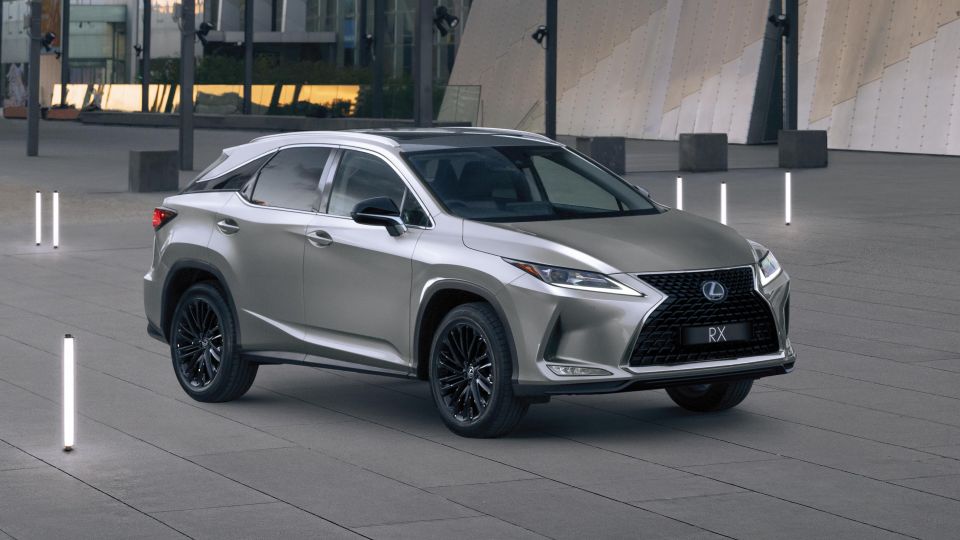
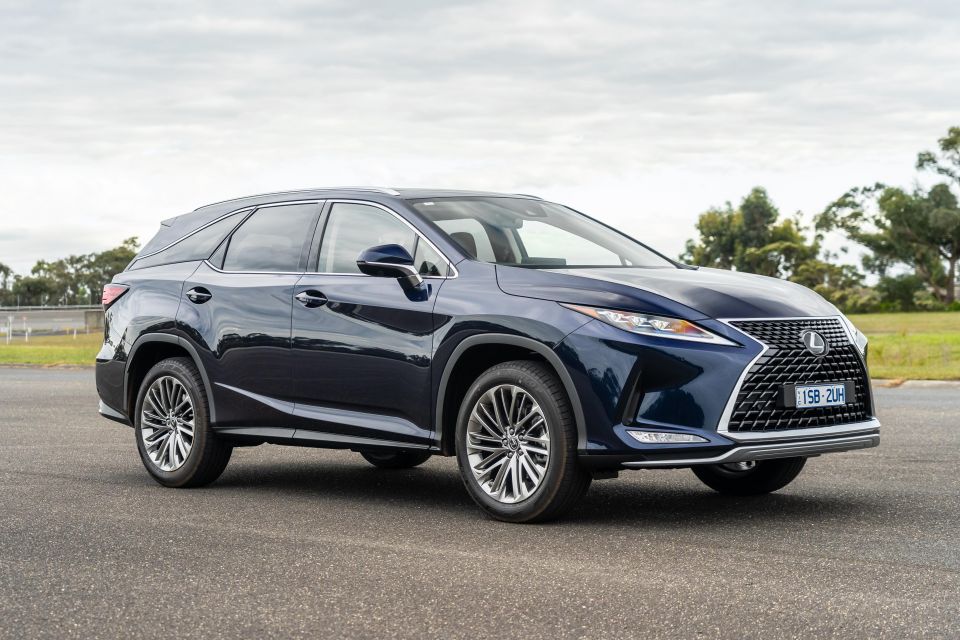
Lexus dealers, especially in the US, had been clamouring for a three-row crossover for years. Their calls were finally heeded in late 2017 when the RX L was introduced.
With an extra 110mm grafted onto the back of the vehicle, the 5.0m RX L has seating for up to seven people, but it’s not particularly comfortable for those confined to the rear pew.
The TX should remove those complaints with a much longer wheelbase and an overall length well over five metres — the standard length Kluger/Highlander is about 5.0m long and rides on a 2850mm wheelbase.

Both the Grand Highlander and Lexus TX will be built at the company’s factory in Princeton, Indiana. The two cars will use a version of the GA-K platform that underpins many vehicles from the RAV4 through to the Highlander and Camry, as well as the Lexus ES and NX.
Last year when Toyota announced a US$800 million ($1.1 billion) upgrade for the Princeton plant, it confirmed the new crossovers will be available with a hands-free driving mode for some American highways. The cars will also support smartphone-as-a-key technology, and allow drivers to control parking from outside the car via their phone.
It’s unclear if the TX or the Grand Highlander are being engineered for right-hand drive.
Also unknown are the drivetrains to be offered in the TX and Grand Highlander. The Highlander/Kluger is currently available with a 142kW/242Nm 2.5-litre four-cylinder hybrid, and a 218kW/350Nm 3.5-litre V6.
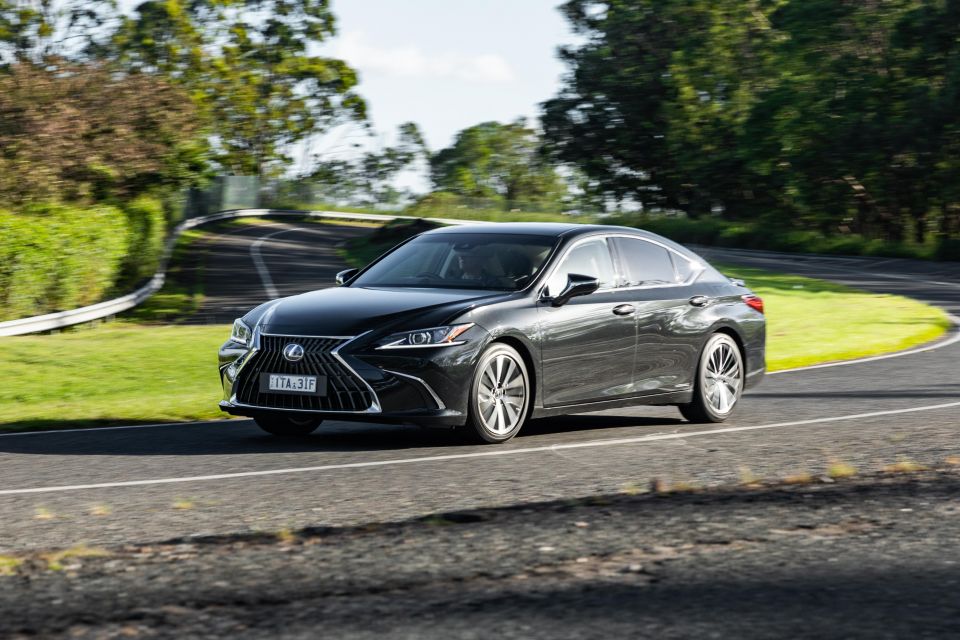

The report doesn’t indicate how much differentiation there will be between the TX and Grand Highlander.
It could follow the template laid out by the Lexus ES and Toyota Avalon, both of which ride on the GA-K architecture, share drivetrains and have the same wheelbase, but are completely in terms of exterior and interior design.
Or the new models could follow the path of the LX and LandCruiser which share doors and drivetrains, but feature unique front- and rear-end designs, as well as distinct dashboards.
Where expert car reviews meet expert car buying – CarExpert gives you trusted advice, personalised service and real savings on your next new car.
Derek Fung would love to tell you about his multiple degrees, but he's too busy writing up some news right now. In his spare time Derek loves chasing automotive rabbits down the hole. Based in New York, New York, Derek loves to travel and is very much a window not an aisle person.


James Wong
5 Days Ago


Max Davies
4 Days Ago


Josh Nevett
2 Days Ago


Max Davies
2 Days Ago
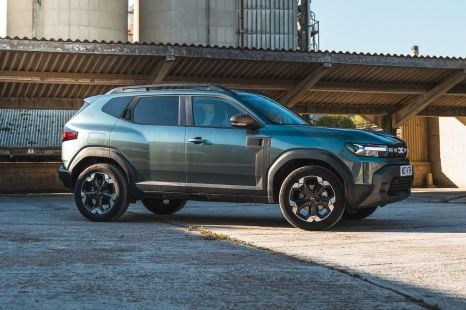

Damion Smy
1 Day Ago
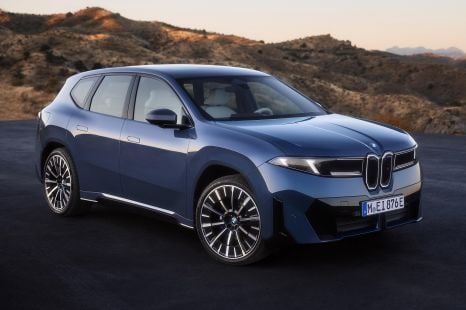

William Stopford
1 Day Ago